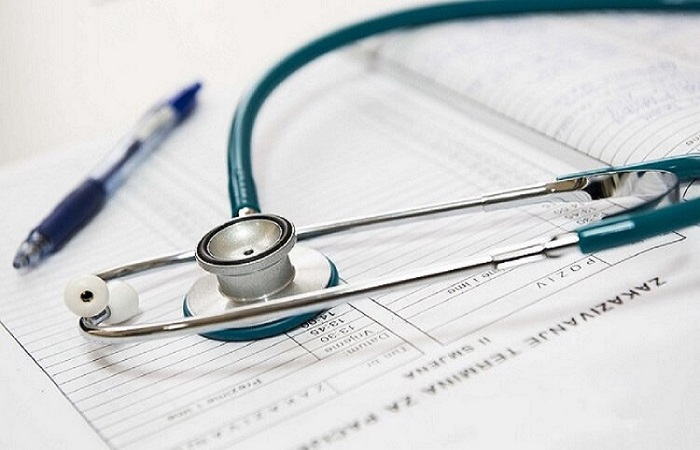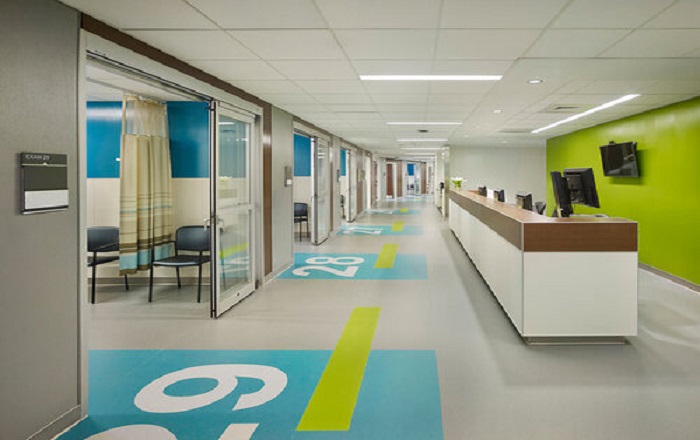In delivering precise and efficient healthcare the importance of maintaining and ensuring the functionality of medical equipment cannot be overstated.
At its core, preventive maintenance is a strategic investment in healthcare quality and resource optimization.
This article delves into the pivotal role of preventive maintenance of medical equipment.
From enhancing patient safety and ensuring regulatory compliance to promoting cost-effective practices and extending the lifespan of critical equipment, we explore how a commitment to preventive maintenance can optimise patient care and maintain the highest standards in healthcare delivery.
The Significance of Preventive Maintenance:
Preventive maintenance involves routine inspections, testing, and servicing of medical equipment to identify and address potential issues before they escalate. This proactive approach not only minimises the risk of equipment failure but also contributes significantly to the overall efficiency and effectiveness of healthcare services. Here are some key reasons why preventive maintenance is crucial for medical equipment:
Patient Safety and Quality of Care:
The well-being of patients is the top priority for healthcare professionals. Regular preventive maintenance ensures that medical equipment operates within specified parameters, reducing the likelihood of malfunctions that could compromise patient safety. Reliable equipment contributes to accurate diagnoses and effective treatments, elevating the overall quality of healthcare services.
Cost Savings:
Preventive maintenance is a cost-effective strategy in the long run. Timely identification and resolution of minor issues prevent the need for extensive repairs or the untimely replacement of expensive medical equipment. This approach not only saves on repair costs but also minimises downtime, ensuring that equipment is consistently available for patient care.
Compliance with Regulations:
Adherence to regulatory standards is imperative in the healthcare industry. Regular maintenance of medical equipment ensures compliance with regulatory requirements, certifications, and accreditation standards. This not only safeguards the reputation of healthcare facilities but also enhances the trust that patients and regulatory bodies place in the quality of care provided.
Extended Equipment Lifespan:
Medical equipment is a substantial investment, and its lifespan is a critical factor in determining the return on investment. Preventive maintenance enhances equipment longevity by addressing wear and tear, preventing premature failures, and promoting optimal performance. This, in turn, maximises the utility of healthcare resources.
Implementing a Preventive Maintenance Program:
To ensure the success of a preventive maintenance program, doctors and healthcare professionals should actively engage in the following practices:
Schedule Regular Inspections:
Establish a routine schedule for inspections based on manufacturers’ recommendations and regulatory guidelines. Regularly assess equipment for signs of wear, damage, or deviations from performance standards.
Train Staff:
Provide comprehensive training to medical staff on the proper use and handling of equipment. Encourage them to report any issues promptly and conduct basic troubleshooting when possible.
Document Maintenance Activities:
Maintain detailed records of all preventive maintenance activities, including dates, findings, and actions taken. This documentation not only ensures accountability but also serves as a valuable resource for future reference.
Collaborate with Biomedical Engineers:
Foster collaboration between doctors and biomedical engineers. Biomedical engineers play a crucial role in conducting in-depth equipment assessments, addressing complex technical issues, and ensuring compliance with industry standards.
Conclusion:
Preventive maintenance of medical equipment is an indispensable aspect of delivering high-quality healthcare. By prioritising the proactive care of equipment, doctors contribute to a healthcare environment that is safe, efficient, and focused on optimal patient outcomes. Through regular inspections, staff training, and collaboration with biomedical engineers, healthcare professionals can harness the full potential of medical technology, ultimately improving the overall quality and effectiveness of healthcare services.


